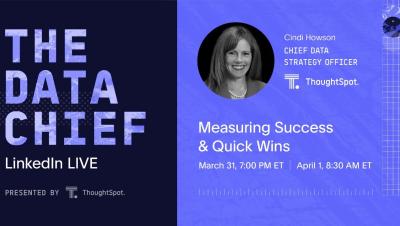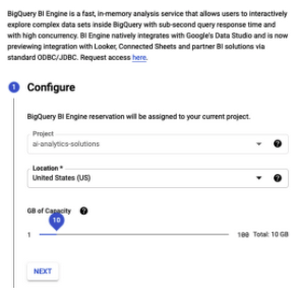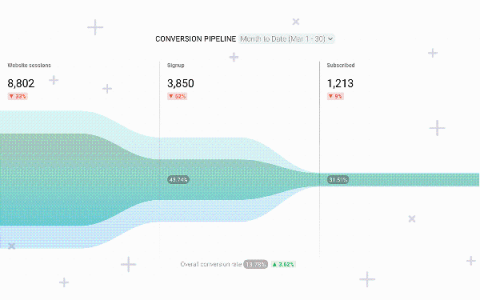Systems | Development | Analytics | API | Testing
Analytics
Checkout our new Qlik Sense SaaS in 60 Playlist
The Data Chief Live
Unlock geospatial insights with Data Studio and BigQuery GIS
Chances are, your data contains information about geographic locations in some form, whether it’s addresses, postal codes, GPS coordinates, or regions that are meaningful to your business. Are you putting this data to work to understand your key metrics from every angle? In the past, you might’ve needed specialized Geographic Information System (GIS) software, but today, these capabilities are built into Google BigQuery.
Speeding up small queries in BigQuery with BI Engine
A quick and easy way to speed up small queries in BigQuery (such as to populate interactive applications or dashboards) is to use BI Engine. The New York Times, for example, uses the SQL interface to BI Engine to speed up their Data Reporting Engine. To Illustrate, I’ll use three representative queries on tables between 100 MB and 3 GB — tables that are typically considered smallish by BigQuery standards.
How to strengthen your company's data literacy
Those who use data wisely have competitive advantages and more profits. As a result, companies are increasing their focus on improving their data literacy. For example, the importance of data has led companies like AppNexus1 and Chevron2 to conduct internal data science competitions to identify and hone analytical talent. But, as noted in the kickoff blog post to our series on data-driven organizations, merely having data does not ensure you have a useful interpretation of that data.
Engineering Industry Embracing Qlik's SaaS Analytics to Address Environmental and Sustainability Concerns
Working in the engineering field means navigating a variety of needs. Those range from meeting various local and national regulatory statutes, to measuring and monitoring delivery of essential outputs like drinking water and power supply, to understanding the data surrounding regional operations on both the supply and demand side. Organizations that serve this market operate behind the scenes, yet impact our daily life in the United States.
New Connector: Pipedrive
Centralize your CRM data to better analyze your sales funnel.
The Ultimate Guide to Data Integration
This guide is a one-stop introduction to data integration. Learn how to make data-driven decisions a reality for your organization!











